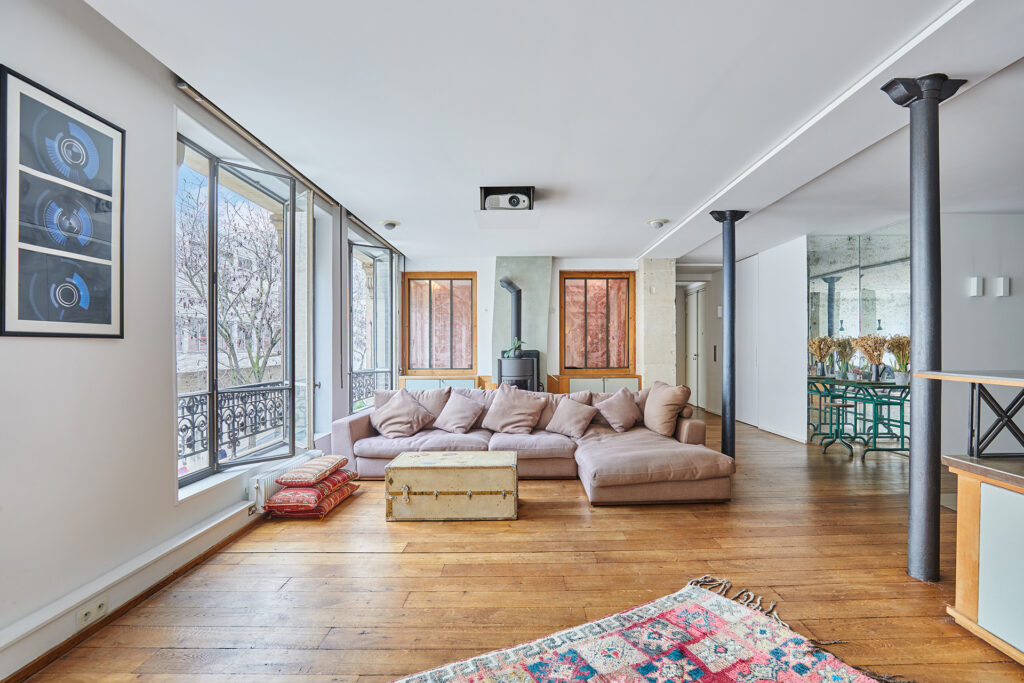France’s energy performance rating system for homes—known as the DPE (Diagnostic de Performance Énergétique)—is changing. Again. Starting January 1, 2026, the way the DPE is calculated will be adjusted, specifically by lowering the conversion factor applied to electricity. This technical revision will improve the rating of many homes, especially those heated with electricity. But it also raises questions: is this a genuine step forward, or a political maneuver in a moment when public funding for energy renovation is quietly being scaled back?
What Is the DPE—and Why Does It Matter?
Unlike in the U.S., where buyers often commission a home inspection before closing, French buyers typically purchase property “as is.” The DPE, however, is mandatory and standardized: it provides a government-certified rating of a property’s energy efficiency, from A (excellent) to G (very poor). Since 2021, the DPE has become a central tool in shaping the real estate market. It affects rental eligibility, influences sale prices, and guides financing decisions.
The upcoming change in 2026 will lower the electricity conversion factor from 2.3 to 1.9, better reflecting France’s low-carbon energy mix, which relies heavily on nuclear power. This adjustment will allow roughly 850,000 homes to escape the “energy sieve” label—those rated F or G. But while technically justified, the timing is telling.

A Quiet Moratorium on Renovation Funding
Since spring 2025, the French government has slowed down its flagship renovation subsidy, MaPrimeRénov’. Faced with overwhelming demand, rising fraud, and budgetary strain, authorities have temporarily suspended parts of the program and launched a review process.
In other words: just as the standards are being relaxed, the financial support to meet them is being withdrawn. The message to homeowners is ambiguous—“Don’t worry about renovating just yet; your rating will improve on its own.”
A Necessary Pause—or a Strategic Delay?
This revision of the DPE could be seen as a transitional measure, buying time to restructure public aid, train professionals, and improve oversight. But it risks becoming a soft standard—one that delays meaningful action.
Because the physical reality of buildings doesn’t change with a new formula. A poorly insulated apartment remains uncomfortable, energy-hungry, and vulnerable to rising utility costs. In the context of climate urgency, postponing renovation efforts only deepens the problem.
High-End Real Estate: Between Relief and Responsibility
In the luxury segment, this change is met with pragmatic relief. Many Parisian apartments in historic buildings—often heated with electricity—were unfairly penalized. Their ratings will now better reflect their actual energy footprint.
But at Piano Nobile, we believe regulatory adjustments should not become excuses for inaction. Comfort, heritage value, and environmental responsibility are not mutually exclusive. In fact, they can reinforce one another.
Renovating Without Betraying the Building: What Does It Really Cost?
Renovating a historic apartment is a delicate art. It’s not about standardizing, but about adapting with care. And yes, it comes at a cost—often significant, but not prohibitive if approached strategically.
Here are some real-world examples from recent Paris projects:
- 120 m² Haussmann-style apartment, electric heating, single-pane windows
Light thermal renovation (high-performance glazing, partial interior insulation, inertia radiators, dual-flow ventilation): €40,000 to €60,000. DPE improvement: F to D. - 80 m² apartment in a 1930s building, collective gas heating
Targeted upgrades (wall insulation, window replacement, pipe insulation, heating regulation): €25,000 to €35,000. DPE improvement: E to C. - 50 m² pied-à-terre in a pre-war building, individual heating
Full renovation with air-to-air heat pump, interior insulation, wood-framed double glazing: €30,000 to €45,000. DPE improvement: G to C.
These investments are substantial, but they can be viewed as patrimonial enhancements, much like a high-end kitchen or a marble bathroom.
DPE and Market Value: A Measurable Impact
Studies consistently show that a poor DPE rating affects property value. According to notarial and agency data:
- E-rated properties may see a 5–10% discount
- F-rated properties: 10–15%
- G-rated properties: up to 20%, even in prime locations
Conversely, a well-renovated older property with a C rating or better can command a “green premium” of 5–10%, especially among younger, international, and environmentally conscious buyers.
Continuing Paris
To us, a property’s value is no longer defined solely by its architecture or address, but by its ability to engage with the present without erasing its past. Reconciling energy performance with heritage preservation isn’t a compromise—it’s a form of modern coherence.
Paris has evolved for over two centuries without betraying itself. It has absorbed electricity, modern comforts, infrastructure, and new ways of living—while preserving its beauty, clarity, and identity.
To renovate today in this city is to extend that tradition: to inscribe the demands of our time into the forms of the past, without overwriting them. That may be the true luxury of our era—not perfection, but integrity.